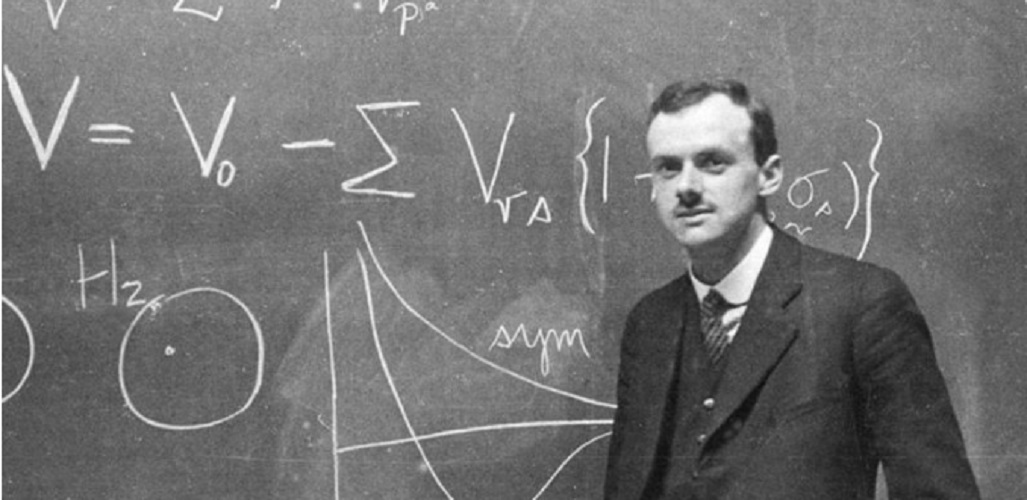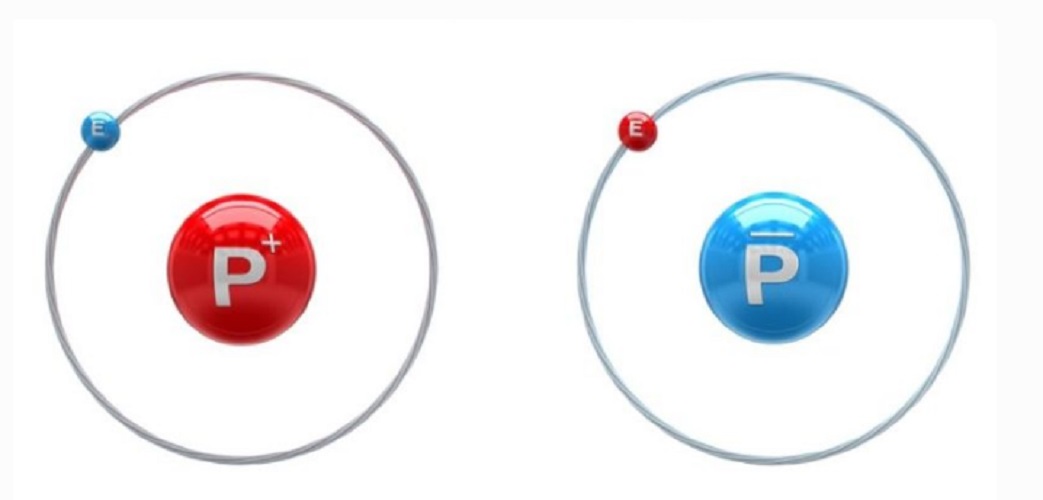What is antimatter?
We explain what antimatter is, how it was discovered, its properties, differences with matter and where it is.
-
What is antimatter?
In particle physics, the type of matter constituted by antiparticles is known as antimatter , rather than ordinary particles . That is, it is a less frequent type of matter .
It is indistinguishable from common matter, but its atoms are made up of antielectrons (electrons with positive charge, called positrons ), antineutrons (neutrons with opposite magnetic moment) and antiprotons (protons with negative charge), the opposite of ordinary atoms.
When found, antimatter and matter annihilate each other after a few moments, releasing enormous amounts of energy , which are expressed as high-energy photons (gamma rays) and other pairs of elementary particles particle-antiparticle. Therefore, they necessarily coexist in different spaces.
Physics studies distinguish between particles and antiparticles using a horizontal bar (macron) on the symbols corresponding to the proton (p), electron (e) and neutron (n). Similarly, antimatter atoms are expressed with the same chemical symbol, according to the same macron rule.
-
Discovery of antimatter

The existence of antimatter was theorized in 1928 by English physicist Paul Dirac (1902-1984) when it was proposed to formulate a mathematical equation that combined the principles of relativity of Albert Einstein and those of quantum physics by Niels Bohr.
This arduous theoretical work was successfully solved and from there the conclusion was reached that there had to be a particle analogous to the electron but with a positive electric charge . This first antiparticle was called antielectron, and it is known today that its encounter with an ordinary electron leads to mutual annihilation and the generation of photons (gamma rays).
Therefore, it was possible to think about the existence of antiprotons and antineutrons. Dirac’s Theory was confirmed in 1932 , when positrons were discovered in the interaction between cosmic rays and ordinary matter.
Since then, the mutual annihilation of an electron and an antielectron has been observed. Their encounter constitutes a system known as positronium, with a half-life never exceeding 10 -10 or 10 -7 seconds.
Subsequently, at the particle accelerator in Berkeley, California, in 1955, it was possible to produce antiprotons and antineutrons by means of high-energy atomic collisions, following Einstein’s formula of E = mc 2 (energy equals mass times the speed of light squared).
Similarly, in 1995 the first anti-atom was obtained thanks to the European Nuclear Research Organization (CERN). These European physicists managed to create an atom of hydrogen antimatter or antihydrogen, consisting of a positron orbiting an antiproton.
-
Properties of antimatter

Recent research on antimatter suggests that it is a matter as stable as ordinary. However, its electromagnetic properties are inverse to those of matter .
It has not been easy to study it in depth, given the enormous monetary costs that its production means in a laboratory (about 62,500 million US dollars per milligram created) and the very short duration of it.
The most successful case of antimatter creation in the laboratory was around 16 minutes long . Even so, these recent experiences have allowed us to intuit that matter and antimatter might not have the same exact properties.
-
Where is antimatter?
This is one of the mysteries of antimatter, for which there are many possible explanations. Most theories about the origin of the universe accept that at first there were similar proportions of matter and antimatter .
However, at present the observable universe seems to be composed only of ordinary matter . The possible explanations for this change point to the interactions of matter and antimatter with dark matter , or to an initial asymmetry between the amount of matter and antimatter produced during the Big Bang .
What we do know is that in the Van Allen Rings of our planet natural productions of antiparticles are carried out . These rings are about two thousand kilometers from the surface and react in this way when gamma rays impact the outside atmosphere .
Such antimatter tends to group together, since there is not enough ordinary matter in that region to annihilate, and some scientists think that such a resource could be used to “extract” antimatter.
-
What is antimatter for?

Antimatter does not yet have too many practical uses in human industries, due to its high costs and the demanding technology involved in its production and handling. However, certain applications are already a reality.
For example, positron emission tomography (PET) is performed, which has suggested that the use of antiprotons in the treatment of cancer is possible and perhaps more effective than current proton techniques (radiotherapies).
However, the main application of antimatter would be as a source of energy . According to Einstein’s equations, the annihilation of matter and antimatter releases so much energy that a kilo of matter / antimatter annihilating would be ten billion times more productive than any chemical reaction and ten thousand times more than nuclear fission.
If these reactions are controlled and exploited, all industries and even transport would be modified. For example, with ten milligrams of antimatter a spacecraft could be propelled to Mars.





